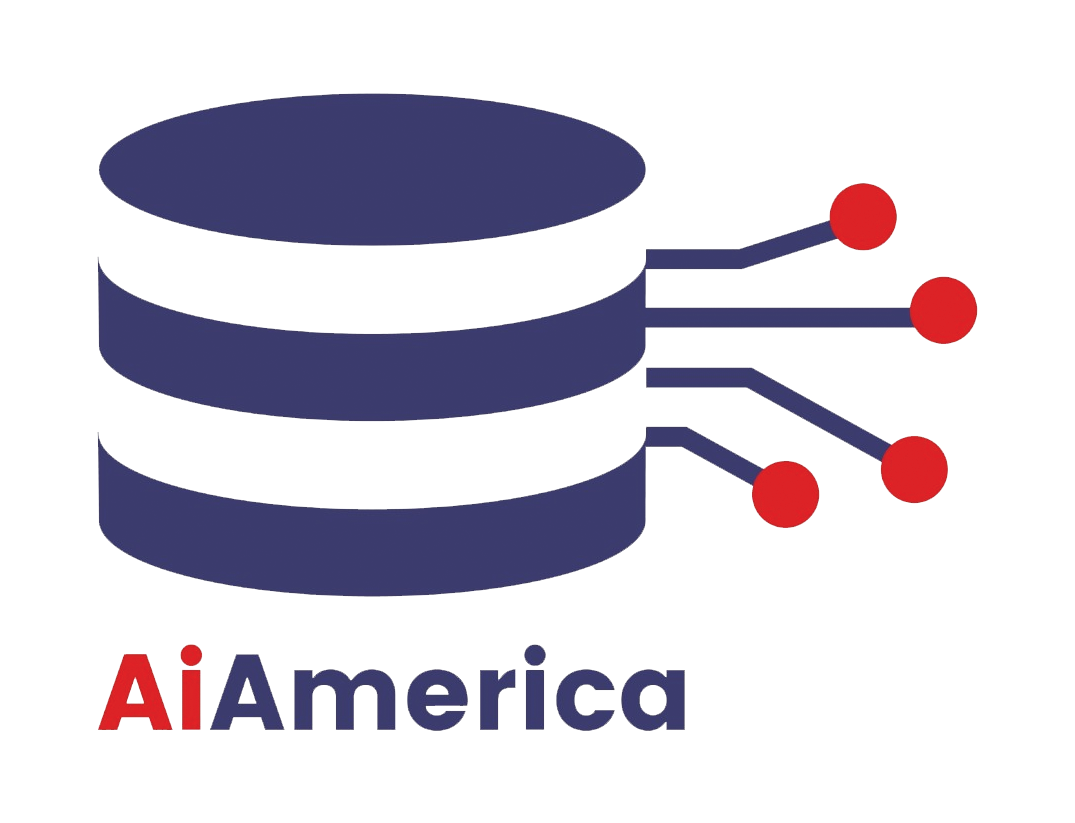
Close

Introduction:
Clustering, a fundamental task in unsupervised learning, plays a pivotal role in discovering hidden patterns, segmenting data, and making sense of complex datasets. In this blog post, we’ll embark on a journey through the world of data clustering using unsupervised learning algorithms. We’ll explore the essence of clustering, various techniques, real-world applications, and the impact it has on data-driven decision-making.
Chapter 1: The Art of Clustering
The Clustering Challenge
Understanding the significance of clustering and its diverse applications across industries.
Unsupervised Learning: The Foundation
Exploring the core concepts of unsupervised learning and its key role in clustering.
Chapter 2: K-Means Clustering
Unveiling the Basics
Diving into K-Means, one of the most popular clustering techniques, and how it partitions data into clusters.
Step-by-Step Implementation
A hands-on guide to implementing K-Means with Python and scikit-learn.
Chapter 3: Hierarchical Clustering
Rising to Hierarchy
Understanding hierarchical clustering and its tree-like structure of data grouping.
Creating a Hierarchy
A detailed walkthrough of hierarchical clustering, with Python examples.
Chapter 4: DBSCAN: Density-Based Clustering
Density Matters
Discovering DBSCAN, a density-based approach that identifies clusters of varying shapes and sizes.
Taming Density
Implementing DBSCAN with Python to find clusters in complex datasets.
Chapter 5: Evaluating Clustering Solutions
Assessing Cluster Quality
Exploring methods to evaluate the quality and performance of clustering results.
Silhouette Score and Beyond
In-depth examination of common clustering evaluation metrics.
Chapter 6: Real-World Applications
Customer Segmentation
How clustering helps businesses understand and segment their customer base for personalized marketing.
Anomaly Detection
Detecting outliers and anomalies using clustering techniques in cybersecurity.
Chapter 7: Beyond Clustering
Ensemble Clustering
An introduction to combining multiple clustering algorithms for enhanced insights.
Streaming Data Clustering
Adapting clustering to real-time data streams and dynamic datasets.
Conclusion:
Unsupervised learning and clustering algorithms are indispensable tools in the data scientist’s arsenal. They unlock the potential of data, revealing patterns, relationships, and anomalies that are not always apparent. From market segmentation to anomaly detection and beyond, clustering reshapes industries and empowers data-driven decision-making.